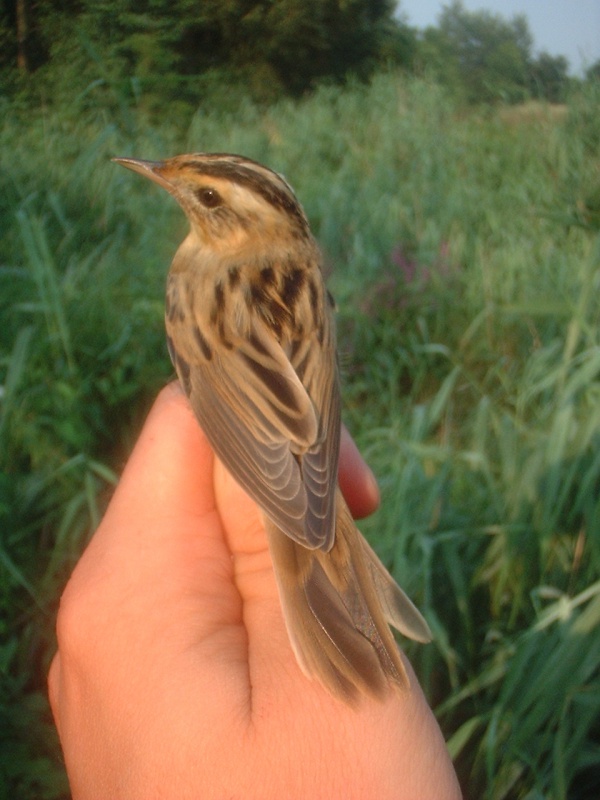Facts About Aquatic warbler
The aquatic warbler is a rare and captivating bird species, predominantly found in the temperate regions of Eastern Europe and Western Asia. With an estimated population of only about 11,000 to 15,000 pairs, sightings of this bird are infrequent. During the winter months, these warblers undertake a migratory journey to West Africa, with many migrating to the Djoudj National Bird Sanctuary in Senegal.
These birds flourish in wet sedge beds where the vegetation stands shorter than 30 cm. The Polesie region of southern Belarus serves as a particularly crucial breeding ground for them. Sadly, the aquatic warbler faces significant threats from habitat loss and degradation, necessitating various conservation initiatives, notably under the Convention on Migratory Species of Wild Animals.
A pivotal initiative aimed at protecting these birds is the Memorandum of Understanding for Conservation Measures for the Aquatic Warbler. This agreement, involving 22 countries, focuses on safeguarding and restoring the bird's habitats. Funding for these conservation efforts frequently comes from the EU’s LIFE programme.
To aid the aquatic warbler, conservationists diligently work to restore their habitats. This includes removing bushes, reeds, and trees, and managing water levels. Additionally, farmers are encouraged to adopt bird-friendly mowing techniques to avoid disturbing the warbler's offspring. In return, they receive compensation for their collaboration.
To enhance the bird's genetic diversity, some aquatic warblers have been translocated to new areas. For instance, in Lithuania, chicks have been released into the Žuvintas Biosphere Reserve. These efforts have shown promising results, with some birds returning to the reserve, indicating a positive impact on the population.

 Netherlands
Netherlands